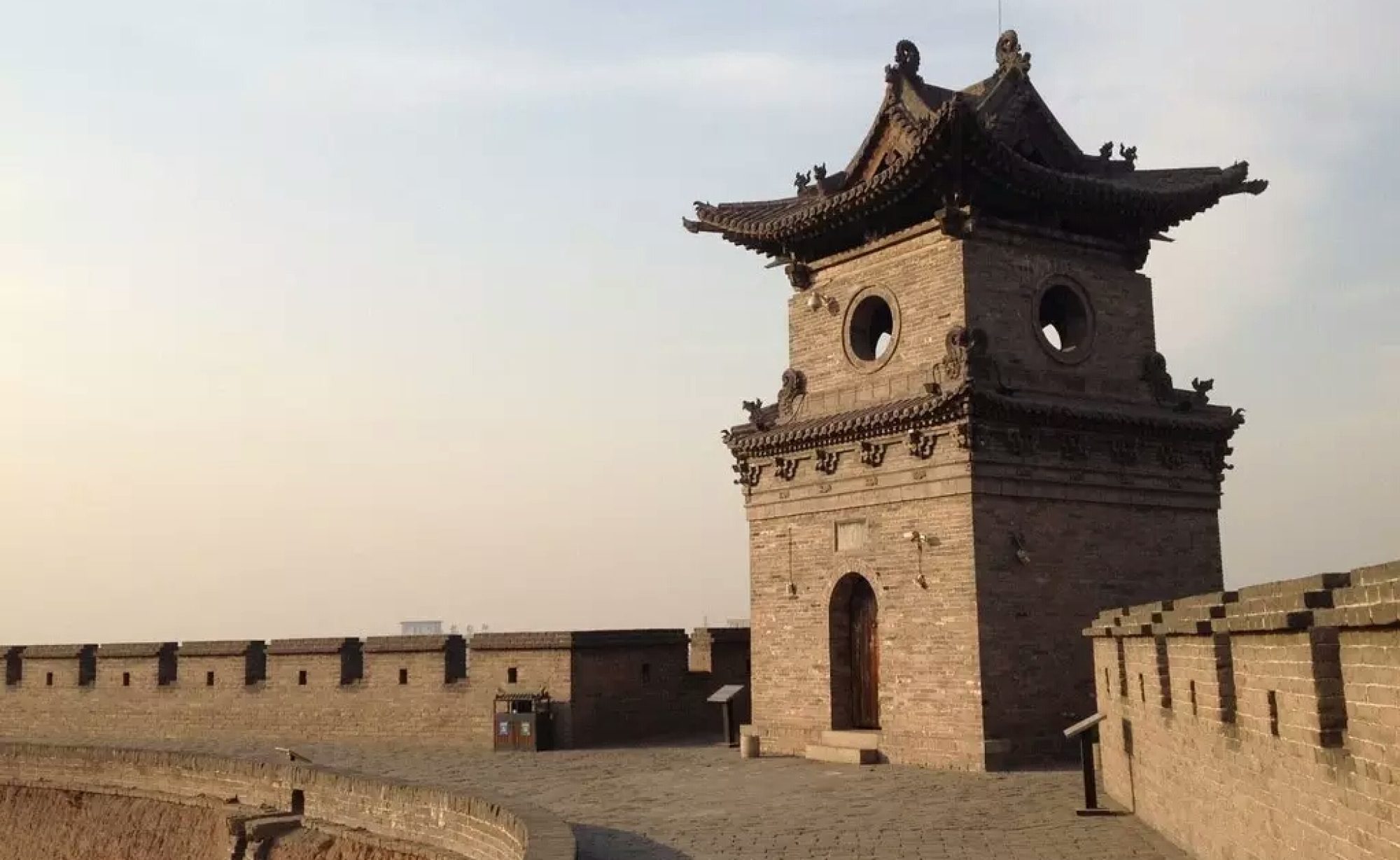When a girl gets married in Pingyao, an ancient town in Shanxi province, at the top of her wish list is not a diamond ring, but a Pingyao lacquerware dressing case. Ideally it will be painted with peonies that stand for blessings, or scenarios from romantic fairy tales. The dressing case is considered not only a container of jewelry, but also a portent for a good life.

The history of Pingyao lacquerware
Pingyao lacquerware is one of China’s four famous lacquerware — along with Beijing lacquerware, Fujian lacquerware and Yangzhou lacquerware. It was sold by Jin merchants to the Europe and Russia in the Ming Dynasty (1368-1644) and the Qing Dynasty (1644-1911).
Pingyao hand-polished lacquerware features a simple and graceful appearance, shining and magnificent exteriors, fine and smooth textures, heat and moisture resistance and durability.


How they make the Pingyao lacquerware
The lacquer used in Pingyao varnished lacquerware is very sophisticated. It grows on the Loess Plateau and is scraped off from the bark of the pulp, and then refined with natural tung oil to make a topcoat, which is environmentally friendly and corrosion resistant.
The production of lacquerware is divided into five procedures, including preparing the wood, an ash base, lacquering, painting and inlay.
After meticulous and exquisite craftsmanship, the landscapes, flowers and birds, pavilions and character stories can be vividly shown on the screens, jewelry boxes, cabinets, furniture and handicrafts.

The history of Pingyao lacquer art dates back more than 1,200 years to the Tang Dynasty (AD 618-907). As Pingyao became the national financial center in the Qing Dynasty (1644-1911), Pingyao lacquer art, fueled by the huge demand from wealthy local bankers, reached its peak.
Pingyao lacquer art is mostly known for its jade-like luster that comes from repeated hand polishing. When the pine wood is manufactured into the products, most of which are furniture, folding screens and tableware, it is wrapped up in linen and covered with a mixture of parget and pork blood for anti-corrosion effects. It is then polished with sandpaper, and again covered with the mixture. The process is repeated several times in order to make a surface smooth enough for later procedures.

